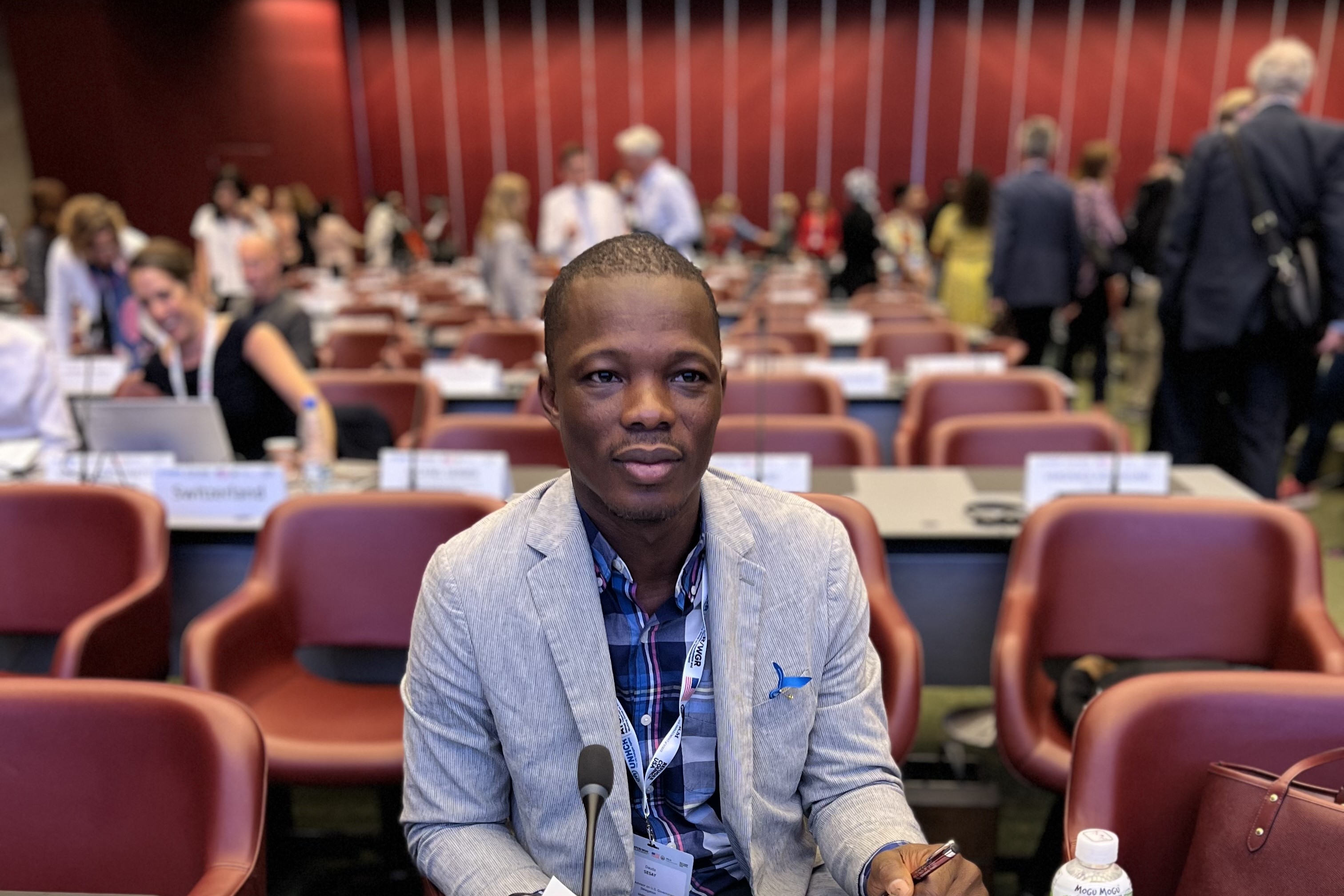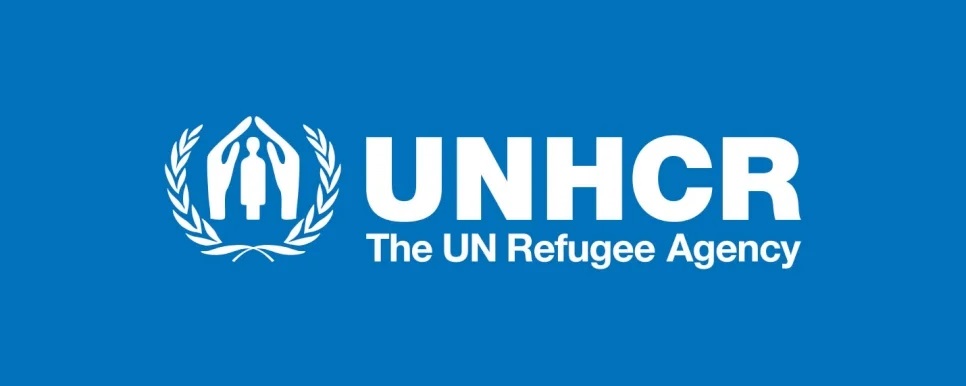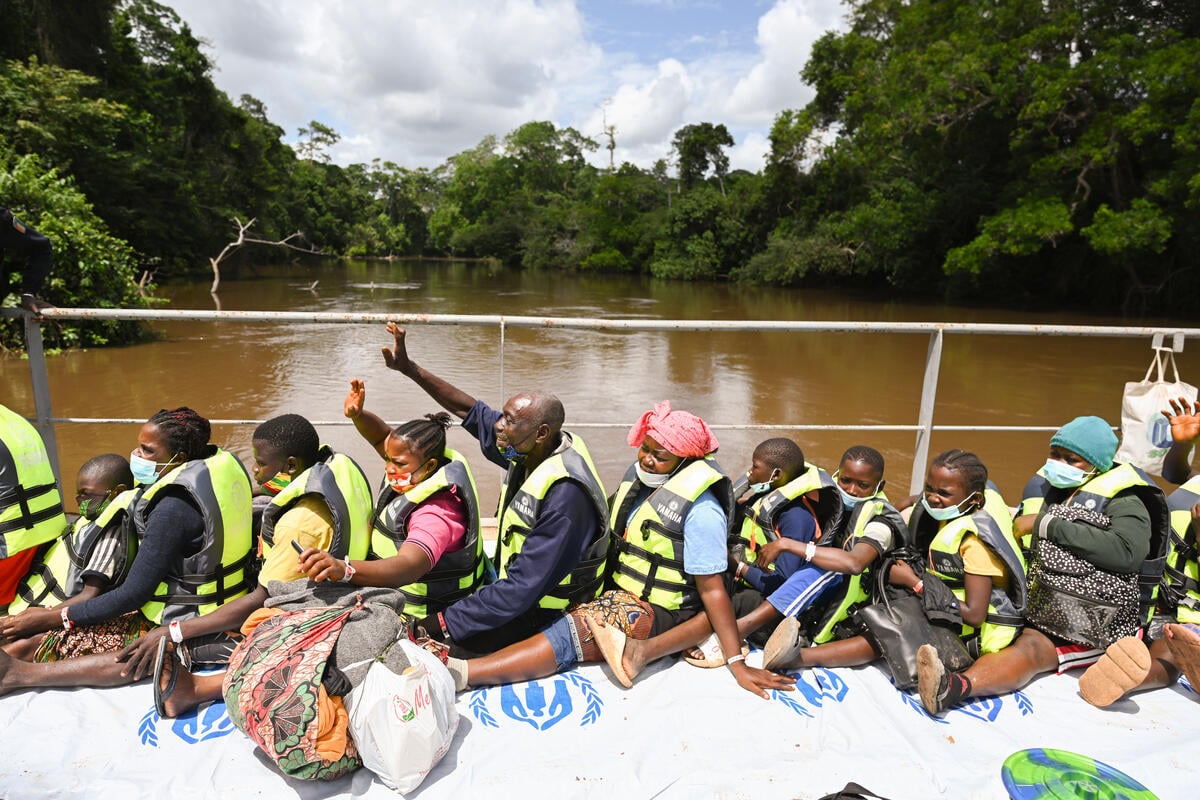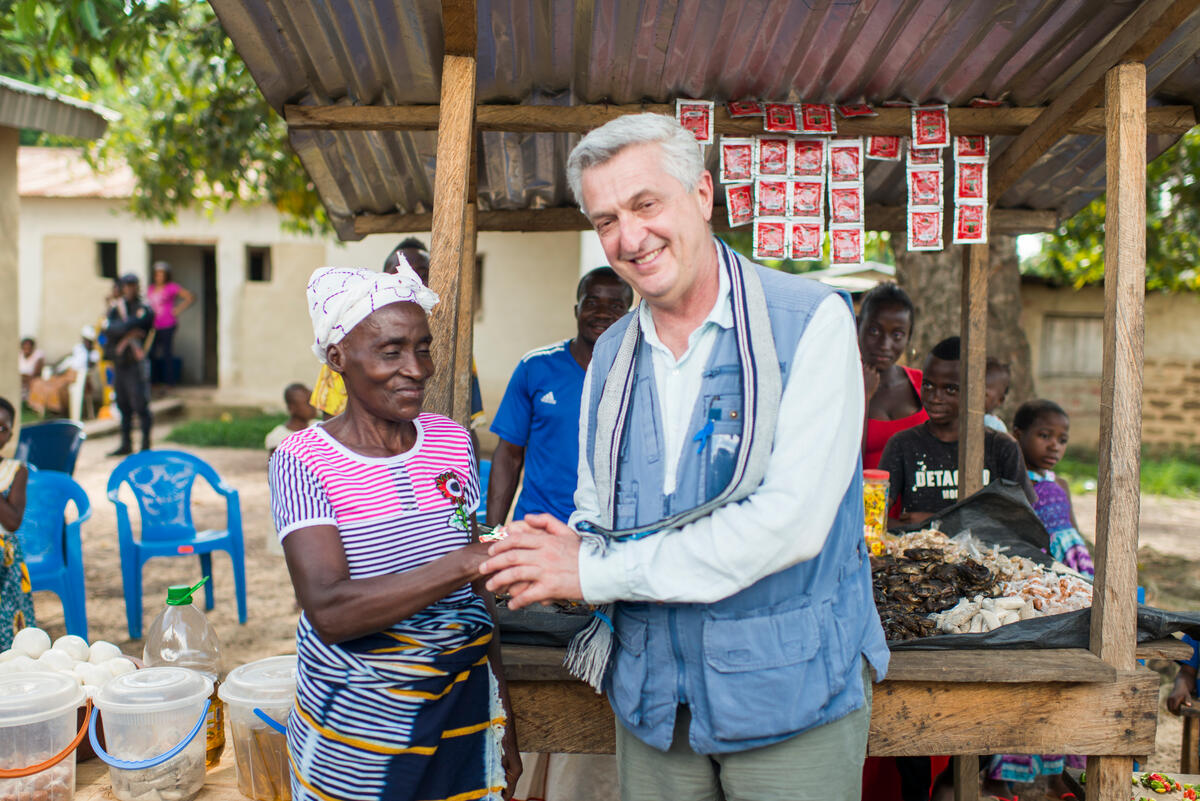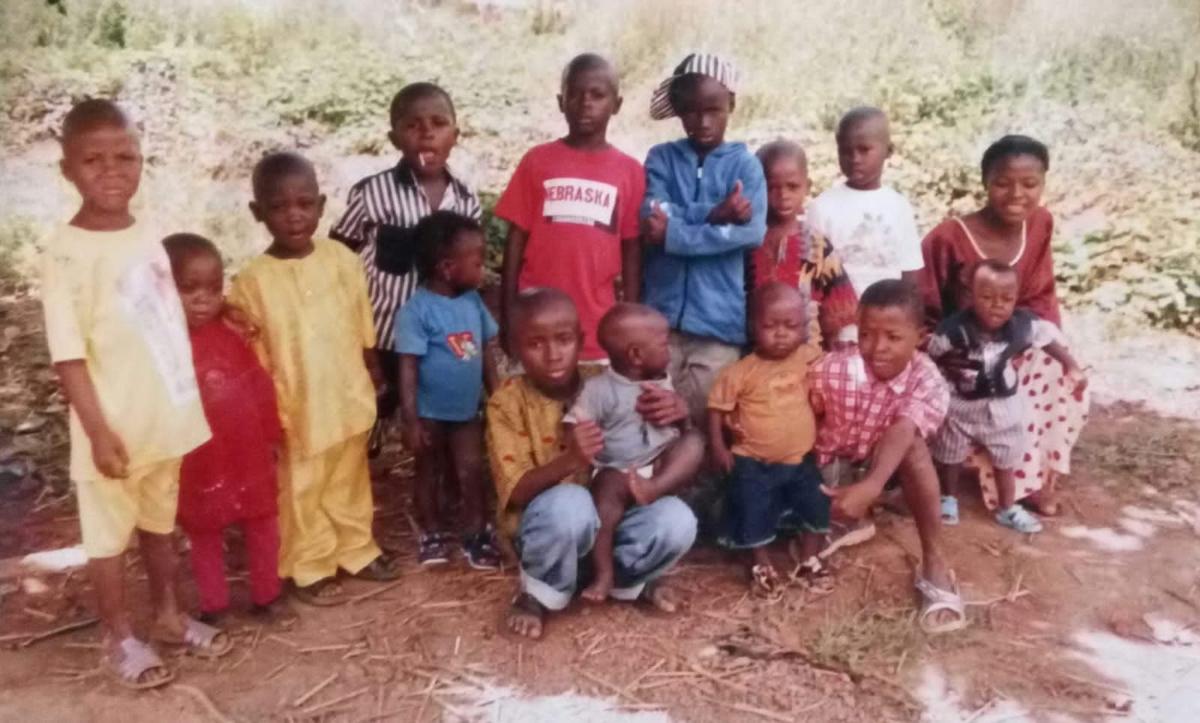Influx into Sierra Leone continues; new arrivals moved inland
Influx into Sierra Leone continues; new arrivals moved inland

FREETOWN, Sierra Leone, June 25 (UNHCR) - With more than 5,500 people arriving in Sierra Leone after last week's rebel attack on Sinje refugee camp in Liberia, UNHCR has begun moving the new arrivals - a mix of Liberian refugees and Sierra Leonean returnees - further inland into Sierra Leone.
As of Monday evening, more than 5,500 Sierra Leoneans and Liberians had arrived in Sierra Leone through the Gendema border crossing. This figure included over 4,000 Liberian refugees and close to 1,500 Sierra Leonean returnees. At one point, there were up to 500 people crossing the border per hour.
UNHCR staff in Zimmi reported, however, that an increasing number of Liberian refugees arriving at Gendema are coming not just from Sinje, but from villages in Liberia's Grand Cape Mount County. The refugees said a breakdown of law and order, harassment by soldiers and fears of further attacks had forced them to flee.
UNHCR officials said an unknown number of refugees and returnees are also entering Sierra Leone through some of the 29 unofficial border crossings and are therefore not registered by the immigration authorities.
The large majority of arrivals are not in good health. There are at least 10 malnourished children as well as many elderly and handicapped persons, who are being tended to by Médecins Sans Frontières' mobile clinic at the Gendema border. At least one person wounded by gunfire has also arrived.
Cases of dry biscuits and jerry cans of water have been provided to vulnerable people at the clinic and to people awaiting transfer in several villages along the Zimmi-Gendema road.
UNHCR's makeshift camp at the border is constantly filling up. There are still between 2,000 and 2,500 people at the camp after the first convoy left on Monday with 800 people for Zimmi waystation, where the refugee agency provides new arrivals with a hot meal and material assistance.
Some 1,600 people have been transported to Zimmi over the last three days. UNHCR could not organise convoys from Gendema before Monday due to a lack of trucks, so about 300 people have left on foot, determined to make the 60-km trip to Zimmi, where they know they will get assistance.
Zimmi waystation is also overcrowded, hosting more than 1,000 people instead of its full capacity of 800. To lighten the load, UNHCR has organised daily convoys from Zimmi to existing refugee/returnee camps and sites in the interior of Sierra Leone, in the Bo district. Starting Sunday, these convoys have transported an average of 500 people daily, including Liberian refugees and Sierra Leonean returnees. The latter are being hosted in settlement sites before UNHCR can help them return and resettle in their area of origin with the standard assistance package.
Meanwhile, in Liberia, the refugee agency is considering sea repatriation to help some of the remaining 35,000 Sierra Leonean refugees go home soon. "The remaining refugees should be returned home as soon as possible, before the situation in Liberia gets completely out of hand," said Abou Moussa, UNHCR's Regional Co-ordinator for West Africa.
Elsewhere in Liberia, UNHCR on Monday sought the government's help to facilitate the journey of some 1,000 people fleeing Sinje who had been stopped by government fighters in the Gbah area, near Kle Junction. The Liberian government has sent senior officers to help this group reach the capital, where UNHCR and the World Food Programme are waiting to assist them with shelter and food.

